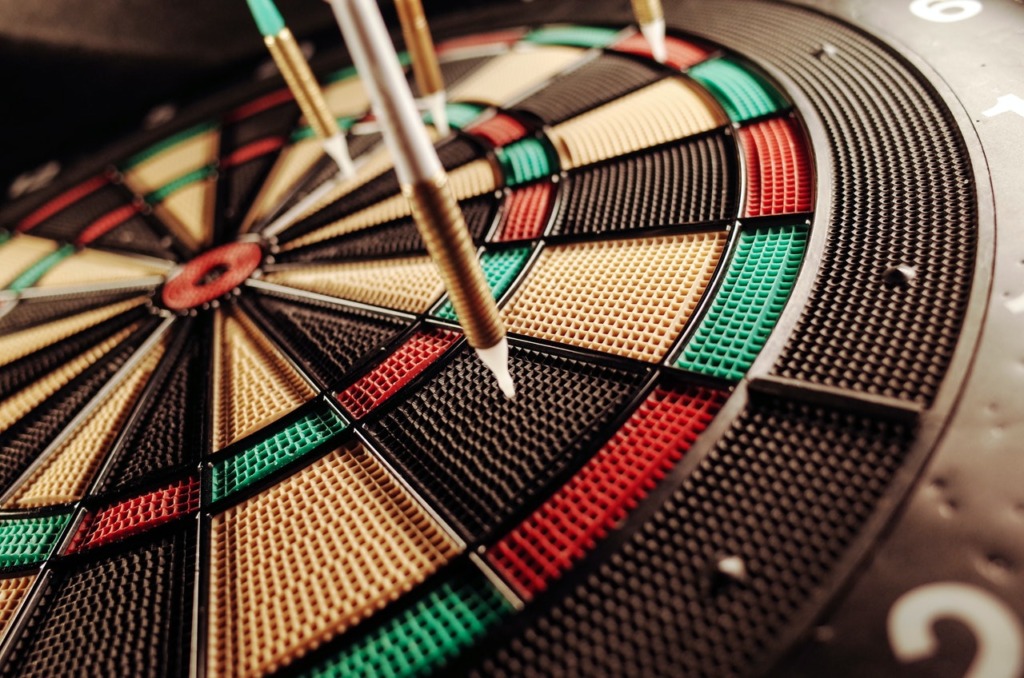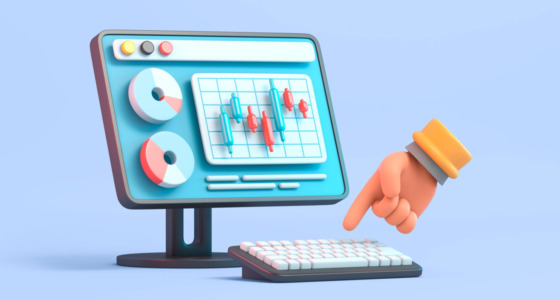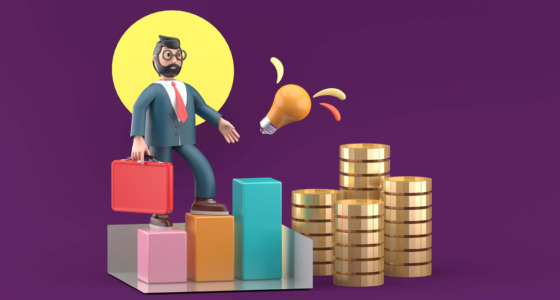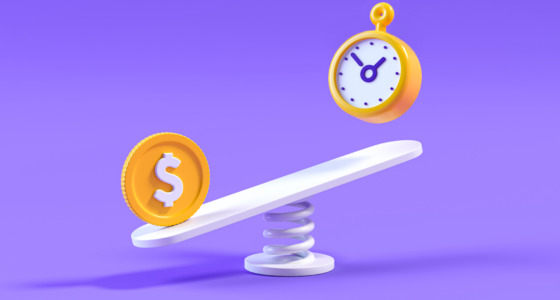

The most common self-improvement goals are to become more fit and healthy, find purpose in life, and get one’s finances in order (from a survey on 6 Things People Most Wish They Could Change About Themselves). If your personal finances are also among your top life goals, this article is for you.
Imagine you’re a startup founder (in this case, your life is the startup), and you need to manage your business finances. Naturally, you’d start with a plan detailing specific guidelines, revenue and expenditure for a given period, and financial projections. Now, keep the same framework and apply it to your personal finances!
What is a short-term financial goal?
Almost every person has aspirations for material goods. And many of them fall under the category of a financial goal — to purchase a car, go on vacations, own income-generating assets, have more disposable income, etc. Anything related to managing and growing personal capital can be considered a financial goal.

This article separates different financial goals based on how much time they’ll take you to achieve. Short-term goals usually have a time span of about three months. For example:
- Start an emergency fund
- Pay off smaller debts
- Catch up on payments toward rent, insurance, or student loans
- Create a budget
Many people find shorter-term goals easier to approach — they seem more reachable and rewarding (because you see the results of your efforts fairly quickly).
How to set and achieve long-term financial goals
The range for long-term goals is wide — 5, 10, 15, 30 years, or even longer. While these goals are personal and depend on one’s circumstances, many people have similar long-term financial goals:
- Buy a house (or pay off the mortgage)
- Save for their children’s education
- Save enough for a comfortable retirement
Naturally, big ambitions will require large savings, so determine how much you need to set aside for your long-term goals. Suppose you want to achieve your goal in ten years — what milestones do you need to achieve at the end of each year? How does it affect your monthly budget?
Take into account economic factors, such as inflation, the price of goods and services (housing, higher education), tax rates, wages, and recessions. Be prepared for the worst scenarios.

Between long- and short-term: intermediate financial goals
The midpoint between 3-month plans and 10-years plans is intermediate financial goals. Their timeline is generally 1-5 years, which is considered an adequate amount of time to:
- Buy a car
- Save for a down payment
- Pay off larger debts
- Increase your annual income to a certain amount
- Earn from multiple streams of income
Mid-term goals help you break down your long-term goals into more manageable stages. For instance, if you want to own a house, 3 years of savings may not be enough. But within these 3 years, you can accomplish a lot and get closer to financial security.
It’s better to adjust your intermediate goals after you achieve them. Following up on the example above, if you save for a down payment on a house, spend the next 3 years making a considerable dent in the amount you owe.
The biggest mistake you can make with financial planning
What is the primary goal of a financial manager? To maximize your capital. And why do people go to professionals for financial management services? Because they don’t know where to start.
Assuming you want to manage your capital on your own, there is one thing you need to keep in mind in the beginning — don’t set too many goals. If you want too many things at once, you’ll lose focus and find it difficult to keep progressing.
Since you don’t have a professional advisor setting boundaries for you, you need to do it yourself. The ballpark number is 3 for each category of goals. Once you reach one of them, replace it with another task and carry on.








